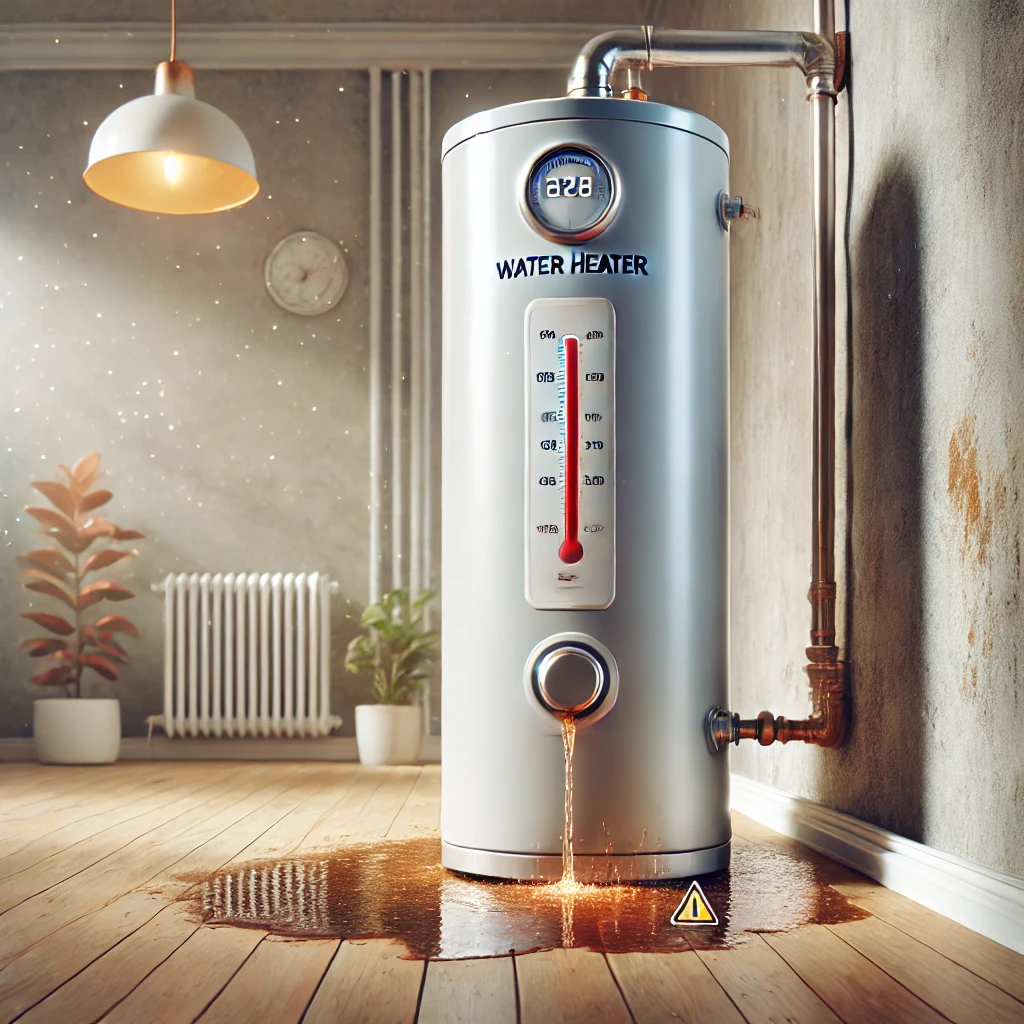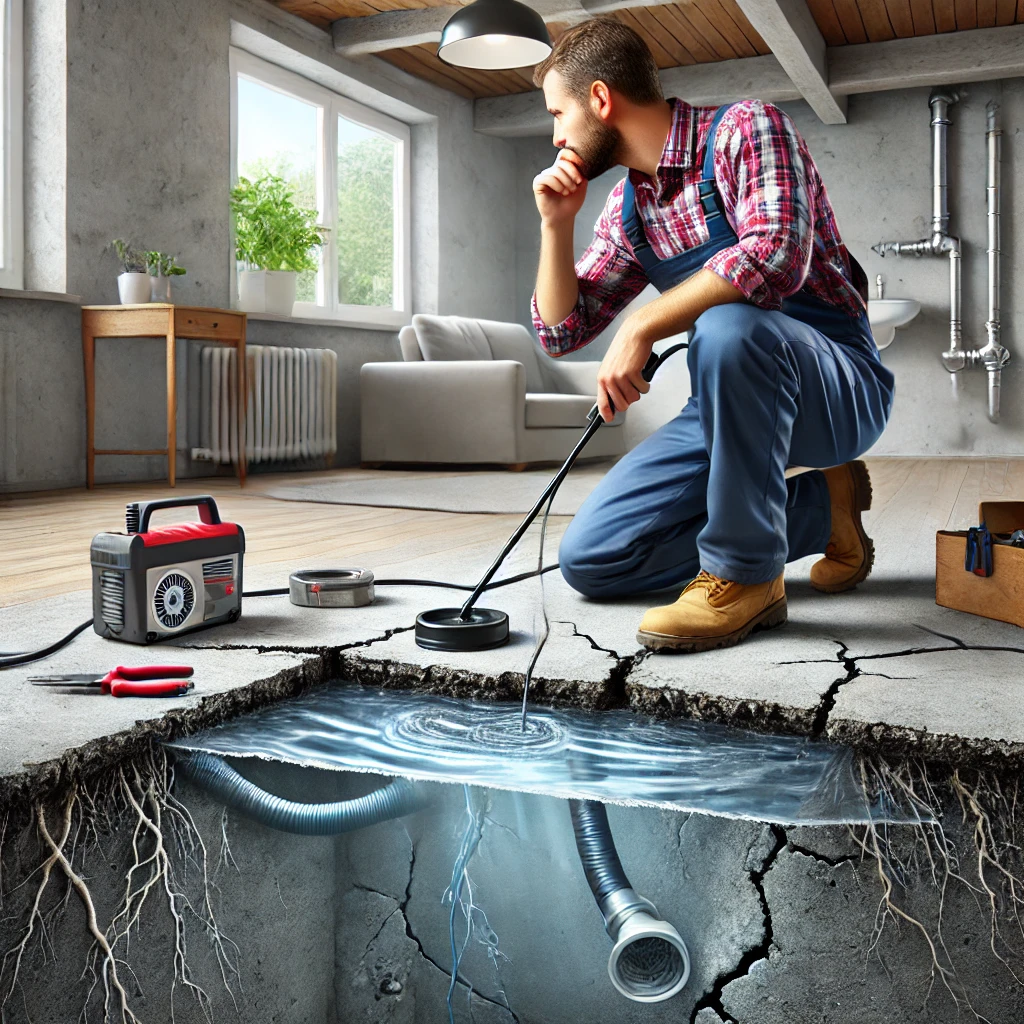A cracked toilet seat can be both inconvenient and unsafe. While small cracks may seem like a minor issue, they can weaken the seat over time, increasing the risk of breakage. Instead of immediately replacing the seat, you can attempt a repair that extends its lifespan. However, if the crack is too severe, a replacement may be the best option.
In this comprehensive guide, we will walk you through the steps to repair a crack in the toilet seat, discuss the causes of these cracks, and provide tips to prevent future damage. We will also explore when it is better to replace the seat altogether and how professional plumbers can help.
Common Reasons Toilet Seats Crack
Understanding why your toilet seat cracked can help you determine whether a repair will work or if replacement is necessary. Here are some common causes:
- Frequent use and general wear and tear: Over time, the continuous weight and movement on the toilet seat can weaken its structure.
- Accidental impact: Dropping a heavy object on the toilet seat can create cracks, especially in plastic or wooden materials.
- Temperature fluctuations: Extreme heat or cold can weaken the material, making it more susceptible to cracks.
- Over-tightened bolts: When securing the toilet seat, excessive pressure can cause stress fractures.
- Low-quality materials: Some toilet seats are made from weak plastic or thin wood, making them more prone to cracking over time.
By identifying the cause of the damage, you can take steps to prevent similar issues in the future.
Step-by-Step Guide to Repairing Crack in Toilet Seat
If the crack is small, a DIY repair might be enough to restore the seat. Follow these steps for a simple and effective fix.
Materials You Will Need
- Super glue or epoxy resin (for plastic seats)
- Wood filler (for wooden seats)
- Sandpaper
- Screwdriver
- Clean cloth
- Protective gloves
Step 1: Remove the Toilet Seat
For proper repair, start by removing the toilet seat from the bowl.
- Use a screwdriver to loosen the bolts holding the seat in place.
- Carefully lift the seat and place it on a flat surface for better access.
- Clean the cracked area with a damp cloth to remove dust and dirt before applying the adhesive.
Step 2: Apply Glue or Filler
- For plastic toilet seats, apply a strong epoxy glue or super glue along the crack. Press the broken sections together and wipe away excess glue.
- For wooden toilet seats, use wood filler to seal the crack and smooth it out with a putty knife.
Step 3: Allow Proper Drying Time
Let the adhesive or filler dry completely for at least 24 hours. This step ensures that the repaired area bonds properly and prevents further damage.
Step 4: Smooth and Reinstall the Seat
- Use sandpaper to smooth any rough edges caused by the glue or filler.
- Reattach the seat to the toilet and tighten the bolts, ensuring a secure fit without overtightening.
If done correctly, your toilet seat should be fully functional again. However, keep an eye on the repaired area for any signs of deterioration.
When to Replace Instead of Repairing
In some cases, repairing the toilet seat is not enough. Consider replacing the seat if:
- The crack is deep and spreads across a large portion of the seat.
- The seat feels wobbly or unstable even after tightening the bolts.
- Multiple cracks are present, making the seat unsafe.
- The material is discoloured, warped, or too old to withstand further use.
- You experience discomfort using the repaired seat.
If your toilet seat meets any of these conditions, purchasing a replacement is the best long-term solution.
Choosing the Right Replacement Toilet Seat
If you decide to replace your toilet seat, selecting a high-quality model is important to prevent future damage. Here are some features to look for:
- Durable material: Choose a toilet seat made from solid plastic, wood, or a reinforced material designed to last.
- Soft-close mechanism: A slow-closing toilet seat prevents slamming, reducing stress on the material.
- Antimicrobial coating: Some seats come with built-in protection to prevent bacteria buildup.
- Bidet or heated seat options: Modern toilet seats offer additional comfort features, such as bidet attachments or heating elements.
For a wide selection of durable toilet seats, check retailers like Home Depot or Lowe’s.
Preventing Future Toilet Seat Cracks
Taking preventive measures can extend the lifespan of your toilet seat and reduce the risk of cracks. Here are some best practices:
- Avoid standing or placing heavy objects on the toilet seat. This is one of the most common causes of cracks.
- Do not over-tighten bolts. Securing the seat too tightly can create stress fractures over time.
- Clean with non-abrasive products. Harsh chemicals can weaken the material and make it more prone to cracking.
- Choose high-quality materials. Investing in a durable toilet seat reduces the likelihood of cracks forming.
By following these steps, you can maintain the longevity of your toilet seat and reduce the need for frequent repairs or replacements.
Professional Help for Toilet Seat Repairs
If you are unsure how to repair a crack in the toilet seat or prefer professional assistance, hiring a plumber can save you time and effort. ASAP Heating & Plumbing offers expert plumbing services, including:
- Toilet seat repairs and replacements
- Full bathroom plumbing maintenance
- Leak detection and water-saving solutions
For expert plumbing help, contact or call us today for fast and reliable service.







